Key Takeaways
-
A chocolate truffle is a confectionery made primarily from chocolate ganache—a mixture of chocolate and cream—that's rolled into balls and coated with cocoa powder, nuts, or more chocolate
-
Traditional chocolate truffles were named after the expensive fungus they visually resemble, with their irregular shape and dusting of cocoa powder
-
Different countries have developed their own signature chocolate truffle styles, including the classic French, Swiss, Belgian, and American varieties
-
The quality of a chocolate truffle largely depends on the chocolate used, with higher cocoa percentages generally producing more complex and satisfying flavors
-
Chocolate truffles can be customized with countless flavor additions including liqueurs, spices, fruits, and nuts for limitless creative possibilities
-
Explore premium chocolate for making your own truffles at Zucchero Canada →
Chocolate Truffle
Few confections inspire as much reverence among chocolate lovers as the chocolate truffle. Despite its humble appearance—often just a simple ball of chocolate dusted with cocoa powder—the truffle represents the pinnacle of chocolate craftsmanship. These bite-sized delicacies offer an intense, melt-in-your-mouth experience that has captivated dessert enthusiasts for over a century.
But what exactly is a chocolate truffle? Beyond its basic definition as a chocolate confection, the truffle embodies the art of chocolate in its purest form: simple ingredients transformed through careful technique into something extraordinary. Whether crafted by master chocolatiers in small European shops or prepared lovingly in home kitchens, truffles showcase chocolate's remarkable versatility and depth of flavor.
In this comprehensive guide, we'll explore everything you need to know about chocolate truffles—from their fascinating history and how they're made to the countless variations found around the world. We'll discover what makes a truly exceptional truffle and even learn how to create these luxurious treats at home. Join us on this delicious journey into the world of chocolate's most celebrated creation.
The History and Origin of Chocolate Truffles
The French Connection
The story of the chocolate truffle begins in France during the 1920s, though there are competing claims about its exact origin. According to one popular account, the truffle was created by accident when apprentice chef Auguste Escoffier mistakenly poured hot cream into a bowl of chocolate chunks rather than into a bowl of sugared eggs for a pastry cream. Upon discovering that the cooled mixture could be shaped by hand, he rolled it into rough balls and coated them with cocoa powder.
Another version credits Louis Dufour, a chocolatier from Chambéry, France, who in 1895 created the first chocolate truffle as a special Christmas treat. When he ran out of ideas for Christmas chocolates, he made a ganache, shaped it into a ball, and dipped it in melted chocolate before rolling it in cocoa powder.
Regardless of who deserves credit for the invention, by the early 20th century, the chocolate truffle had become a staple in French confectionery shops and soon spread throughout Europe.
How Truffles Got Their Name
The name "truffle" comes from the striking resemblance these chocolate confections bear to the expensive fungus of the same name. Just as the prized truffle mushroom is irregularly shaped with a rough, dirt-dusted exterior, the original chocolate truffles were deliberately rustic in appearance with an uneven surface covered in cocoa powder.
This visual similarity was no accident—early chocolatiers embraced the connection to the luxury food item, lending their chocolate creations an air of sophistication and exclusivity. While many modern truffles have evolved into more polished, uniform shapes, the name has endured, reminding us of the humble origins of this luxurious treat.
What is Chocolate Truffle
The Ganache Center
At the heart of every traditional chocolate truffle lies ganache—a velvety mixture of chocolate and cream that forms the truffle's soul. This seemingly simple combination creates a texture that's neither solid nor liquid, but something magically in between that melts perfectly on the tongue.
The ganache for a chocolate truffle typically consists of:
-
Chocolate: Usually dark chocolate with 55-70% cocoa content, though milk and white chocolate varieties exist
-
Heavy cream: Providing richness and determining the ganache's firmness
-
Butter: Often added to enhance smoothness and mouthfeel
-
Flavorings: Optional additions like vanilla, liqueurs, or extracts
The ratio of chocolate to cream is crucial in determining the final texture. Traditional French truffles use more chocolate for a firmer center, while modern variations might use equal parts for a softer, creamier consistency.
Coatings and Finishes
The exterior of a chocolate truffle is just as important as its center, providing both visual appeal and textural contrast. Classic truffles are simply rolled in cocoa powder, but the possibilities for coatings are virtually endless:
-
Cocoa powder: The traditional finish, offering a bitter contrast to the sweet center
-
Tempered chocolate: Creating a thin shell that "snaps" when bitten
-
Chopped nuts: Adding crunch and complementary flavors
-
Confectioner's sugar: For a sweeter finish
-
Coconut flakes: Offering tropical notes and unique texture
-
Sprinkles or edible glitter: For festive occasions
-
Spices: Such as cinnamon, chili powder, or cardamom for more complex flavor profiles
High-end chocolate truffles often feature decorative touches like marbling, gold leaf, or hand-painted designs that transform them into edible works of art while signaling the flavors within.
Types of Chocolate Truffles Around the World
French Truffles
The original chocolate truffle, known in France as "truffe chocolat," remains the standard against which all others are measured. French truffles feature:
-
A rich ganache made with high-quality dark chocolate
-
A soft, creamy texture that melts immediately in the mouth
-
A rustic, imperfect shape reminiscent of real fungus truffles
-
A coating of bitter cocoa powder
-
Minimal added flavorings, allowing the chocolate to shine
French chocolatiers like La Maison du Chocolat have elevated the chocolate truffle to an art form, focusing on subtle flavor variations achieved through careful selection of chocolate origins and minimal intervention.
Swiss Truffles
Switzerland's contribution to truffle artistry, the Champagne truffle, offers a distinctive interpretation:
-
A ganache center infused with champagne or other spirits
-
Often made with lighter milk chocolate rather than dark
-
A perfectly spherical shape
-
Typically enrobed in hard chocolate rather than dusted with cocoa
-
A smoother, more uniform appearance than French varieties
Teuscher, the famous Swiss chocolatier, is renowned for its champagne truffles, which feature a ganache center infused with Dom Pérignon champagne, giving the chocolate truffle a luxurious twist.
Belgian Truffles
Belgian truffles, sometimes called pralines (though this term has different meanings around the world), feature:
-
A harder chocolate shell filled with softer ganache
-
Often molded into more elaborate shapes
-
Frequently filled with nuts, marzipan, or liqueurs
-
A higher cocoa butter content in the chocolate, creating a distinctive melt
-
More complex layering of textures and flavors
Godiva, one of Belgium's most famous chocolatiers, has popularized Belgian-style chocolate truffles globally, known for their elegant appearance and rich flavors.
American Truffles
American interpretations of the chocolate truffle tend to be bolder and more innovative:
-
Larger in size than European counterparts
-
Often incorporating peanut butter, caramel, or marshmallow
-
More diverse flavor combinations, sometimes including savory elements
-
Frequently enrobed in thicker chocolate coatings
-
Less adherence to traditional recipes and techniques
Companies like Vosges Haut-Chocolat have pioneered experimental chocolate truffle flavors such as curry, bacon, and wasabi, pushing the boundaries of what a truffle can be.
How Chocolate Truffles Are Made
Basic Truffle-Making Process
Creating chocolate truffles involves several critical steps that determine their final quality:
-
Making the ganache:
-
Heat cream to just below boiling
-
Pour over finely chopped chocolate
-
Let sit briefly, then stir until smooth
-
Add butter and flavorings if desired
-
Cool until firm enough to handle
-
Shaping the truffles:
-
Scoop ganache into equal portions
-
Roll quickly between hands to form balls
-
Chill until firm
-
Finishing the truffles:
-
Roll in cocoa powder, nuts, or other coatings
-
Or dip in tempered chocolate for a hard shell
-
Add decorative touches if desired
-
Allow to set completely
The process seems straightforward, but each step requires attention to detail and proper technique to achieve the perfect chocolate truffle.
Artisanal vs. Commercial Production
The difference between mass-produced and artisanal chocolate truffles lies primarily in:
-
Ingredients: Artisanal truffles use higher-quality chocolate with better cocoa butter content and fewer additives. Premium chocolate from Zucchero Canada provides an excellent foundation for homemade truffles.
-
Production methods: Hand-rolling versus machine-formed ganache centers affects texture and appearance.
-
Shelf life: Commercial truffles contain preservatives for extended shelf life, while artisanal versions are meant to be consumed within days or weeks.
-
Customization: Small-batch producers can offer more variety and seasonal specialties compared to mass-market brands.
-
Temperature control: Artisanal producers maintain strict temperature conditions throughout production for optimal crystal formation in the chocolate.
The finest chocolate truffles remain those made in small batches with meticulous attention to quality and freshness—whether from boutique chocolatiers or dedicated home cooks.
Flavor Variations and Popular Combinations
Classic Flavor Profiles
Traditional chocolate truffle flavors have stood the test of time for good reason:
-
Plain dark chocolate: The purist's choice, allowing the chocolate's natural notes to shine
-
Vanilla: A subtle enhancement that complements chocolate's complexity
-
Coffee/espresso: Accentuating chocolate's natural bitterness and depth
-
Grand Marnier or Cognac: Alcohol adds warmth and complexity while extending shelf life
-
Hazelnut: A natural partner to chocolate, especially in gianduja-style truffles
-
Mint: Offering a refreshing contrast to rich chocolate
-
Raspberry: Providing fruity acidity that balances chocolate's intensity
These classic pairings enhance rather than overwhelm the fundamental chocolate character of the truffle.
Modern and Innovative Flavor Combinations
Contemporary chocolatiers continue to push chocolate truffle boundaries with unexpected combinations:
-
Savory infusions: Sea salt, bacon, olive oil, or cheese
-
Spice combinations: Chai, chipotle, cardamom, or Chinese five-spice
-
Floral notes: Lavender, rose, violet, or elderflower
-
Tea infusions: Matcha, Earl Grey, or chai
-
Unexpected fruits: Yuzu, blood orange, or passion fruit
-
Artisanal spirits: Craft bourbon, tequila, or gin
-
Global inspiration: Flavors like curry, za'atar, or umeboshi (Japanese pickled plum)
The best innovative chocolate truffles honor tradition while introducing exciting new flavor dimensions that complement rather than compete with the chocolate base.
How to Store and Serve Chocolate Truffles
Optimal Storage Conditions
Proper storage preserves the delicate flavors and textures of chocolate truffles:
-
Temperature: Store between 55-68°F (13-20°C)—never refrigerate unless absolutely necessary
-
Humidity: Keep relative humidity between 50-55% to prevent bloom or moisture damage
-
Light exposure: Store away from direct light, which can degrade flavors
-
Odors: Chocolate readily absorbs surrounding aromas, so store away from strong-smelling foods
-
Containers: Use airtight containers if possible, or the original box if designed for storage
-
Duration: Consume within 1-2 weeks for peak quality, though some may last longer
If refrigeration is unavoidable (particularly in hot climates), allow truffles to come to room temperature before serving to fully experience their flavor and texture.
Presentation and Serving Suggestions
The enjoyment of chocolate truffles extends beyond their taste to their presentation:
-
Temperature: Serve at 65-70°F (18-21°C) for optimal mouthfeel and flavor release
-
Accompaniments: Pair with complementary beverages:
-
Full-bodied red wines like Cabernet Sauvignon or Port
-
Coffee or espresso
-
Aged spirits like bourbon or rum
-
Tea selections like Earl Grey or Darjeeling
-
Serving vessels: Present on:
-
Small porcelain plates or saucers
-
Glass platters that showcase the truffles
-
Tiered serving stands for variety presentations
-
Original gift boxes, if designed attractively
-
Progression: When serving multiple varieties, arrange from milder to stronger flavors, just as with wine tastings
The ritual of serving and enjoying chocolate truffles should be unhurried—these confections are meant to be savored slowly, allowing the flavors to develop on the palate.
How to Make Chocolate Truffles at Home
Essential Ingredients
Creating exceptional chocolate truffles at home starts with selecting quality components:
-
Chocolate: Choose high-quality chocolate with 55-70% cocoa content for dark truffles. Premium chocolate from Zucchero Canada's collection provides the perfect foundation.
-
Cream: Use heavy cream (36-40% fat) for the richest results.
-
Butter: Unsalted cultured butter adds complexity and smooth texture.
-
Flavorings: Invest in real vanilla beans, quality liqueurs, and fresh spices rather than artificial alternatives.
-
Cocoa powder: Dutch-processed cocoa offers a smoother, less acidic finish for coating.
The quality of your chocolate truffle will be directly proportional to the quality of ingredients used—particularly the chocolate itself.
Simple Recipe for Beginners
This basic chocolate truffle recipe provides a perfect starting point for home chocolatiers:
Ingredients:
-
8 oz (225g) high-quality dark chocolate, finely chopped
-
1/2 cup (120ml) heavy cream
-
1 tablespoon unsalted butter, room temperature
-
1 teaspoon pure vanilla extract
-
Unsweetened cocoa powder for coating
Instructions:
-
Place chocolate in a heat-resistant bowl.
-
Heat cream in a saucepan until it just begins to simmer (small bubbles form around the edge).
-
Pour hot cream over chocolate and let stand for 2 minutes.
-
Gently stir until smooth and combined. If needed, place bowl over a pan of barely simmering water to help melt chocolate completely.
-
Add butter and vanilla, stirring until incorporated.
-
Cover and refrigerate ganache for 2-3 hours until firm enough to scoop.
-
Using a melon baller or small spoon, scoop portions of ganache and quickly roll between your palms to form 1-inch balls.
-
Roll each truffle in cocoa powder to coat completely.
-
Store in an airtight container at cool room temperature for up to one week.
This recipe yields approximately 24 chocolate truffles and can be adapted with different flavors and coatings as you gain confidence.
Chocolate Truffles for Special Occasions
Gifting Traditions
Chocolate truffles have long been associated with gift-giving for various celebrations:
-
Valentine's Day: Heart-shaped boxes filled with truffles remain one of the holiday's most popular gifts, symbolizing luxury and indulgence.
-
Christmas: Truffles feature prominently in holiday assortments, often flavored with seasonal spices like cinnamon and nutmeg.
-
Weddings: Custom-made truffles serve as sophisticated wedding favors, sometimes color-coordinated with the wedding theme.
-
Corporate gifts: High-end truffle assortments convey appreciation in the business world, offering a universal appeal.
-
Hostess gifts: A small box of artisanal truffles makes a thoughtful alternative to wine when attending dinner parties.
The perception of chocolate truffles as luxury items makes them particularly appropriate for marking special occasions and milestones.
Seasonal and Holiday Variations
Throughout the year, chocolate truffle flavors and presentations evolve to reflect seasonal themes:
-
Spring: Floral notes like lavender and rose, pastel colors, Easter-themed designs
-
Summer: Lighter fruit-infused ganaches, citrus flavors, sea salt caramel
-
Fall: Warm spices, maple, pumpkin, and apple flavors
-
Winter holidays: Peppermint, gingerbread, champagne, and orange-spice variations
For maximum impact, seasonal chocolate truffles should incorporate both flavors and visual elements that evoke the time of year, creating a multisensory seasonal experience.
FAQ About Chocolate Truffles
What's the difference between a chocolate truffle and a chocolate bonbon? While both are chocolate confections, a chocolate truffle traditionally refers to a ganache-based center rolled into a rough ball and coated in cocoa powder or chocolate, mimicking the appearance of a fungus truffle. A bonbon typically has a hard chocolate shell and may contain various fillings beyond ganache, including caramel, fondant, or fruit jellies. Bonbons are usually molded into more uniform, decorative shapes.
How long do chocolate truffles last? Homemade chocolate truffles typically last 1-2 weeks when stored at cool room temperature in an airtight container. Commercial truffles containing preservatives may last 2-3 months. Truffles with fresh cream fillings have the shortest shelf life, while alcohol-infused varieties tend to last longer. For maximum freshness, consume truffles within days of purchase or making.
Are chocolate truffles gluten-free? Basic chocolate truffles made from chocolate, cream, and butter are naturally gluten-free. However, some flavored varieties may contain ingredients with gluten, such as cookie pieces, malt, or certain liqueurs. Always check labels or ask chocolatiers about specific ingredients if you have dietary restrictions.
What makes a high-quality chocolate truffle? Superior chocolate truffles are characterized by:
-
High-quality chocolate with complex flavor notes
-
Fresh, real cream rather than vegetable oils
-
Natural flavorings instead of artificial additives
-
Smooth, silky ganache texture
-
Proper temper in chocolate coatings
-
Balanced sweetness that doesn't overwhelm the chocolate
-
Thoughtful flavor combinations that complement the chocolate base
Can I freeze chocolate truffles? While not ideal, chocolate truffles can be frozen for up to 3 months. Wrap them individually in plastic wrap, then place in an airtight container. Thaw frozen truffles in the refrigerator for 24 hours, then bring to room temperature before serving. Note that freezing may affect texture and appearance, particularly for truffles with delicate decorations or thin shells.
Why is my ganache separating when I make truffles? Ganache separation (where fat separates from solids) typically occurs due to:
-
Excessive stirring, which introduces too much air
-
Extreme temperature differences between chocolate and cream
-
Overheating the mixture
-
Using chocolate with insufficient cocoa butter
To rescue separated ganache, gently warm it while adding a small amount of warm cream and stirring minimally until recombined.
Conclusion: The Timeless Appeal of Chocolate Truffles
The chocolate truffle remains one of confectionery's most perfect creations—a testament to how simplicity, when executed with quality ingredients and proper technique, can yield extraordinary results. From its humble beginnings in early 20th century France to the global variations enjoyed today, the truffle continues to captivate chocolate lovers with its rich ganache center and infinite adaptability.
What makes truffles so enduring is their remarkable balance of accessibility and sophistication. While anyone can appreciate their intense chocolate flavor and luxurious mouthfeel, connoisseurs can spend a lifetime exploring their subtle variations and complex flavor profiles. Few other desserts span this spectrum so effectively, being simultaneously unpretentious and elite.
Whether you're sampling artisanal creations from world-class chocolatiers or crafting your own batch at home, chocolate truffles offer a direct connection to chocolate in its most essential form—a reminder that sometimes the simplest pleasures are truly the most profound.
Ready to explore the world of chocolate truffles yourself? Start with the finest ingredients from Zucchero Canada's chocolate collection and embark on your own truffle-making adventure. Whether you stick with the classic cocoa-dusted variety or experiment with innovative flavor combinations, you'll be participating in a delicious tradition that continues to evolve while honoring its rich heritage.
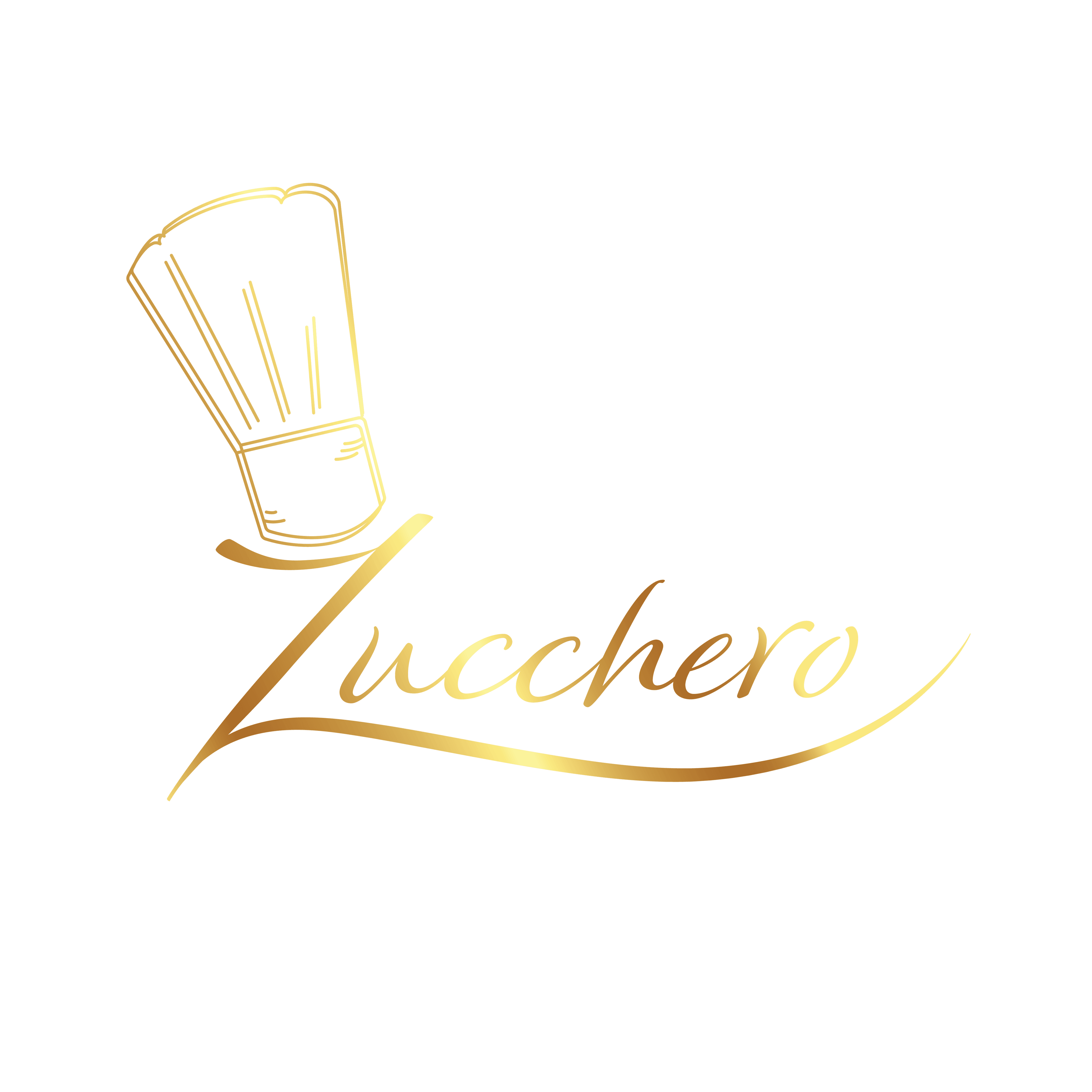
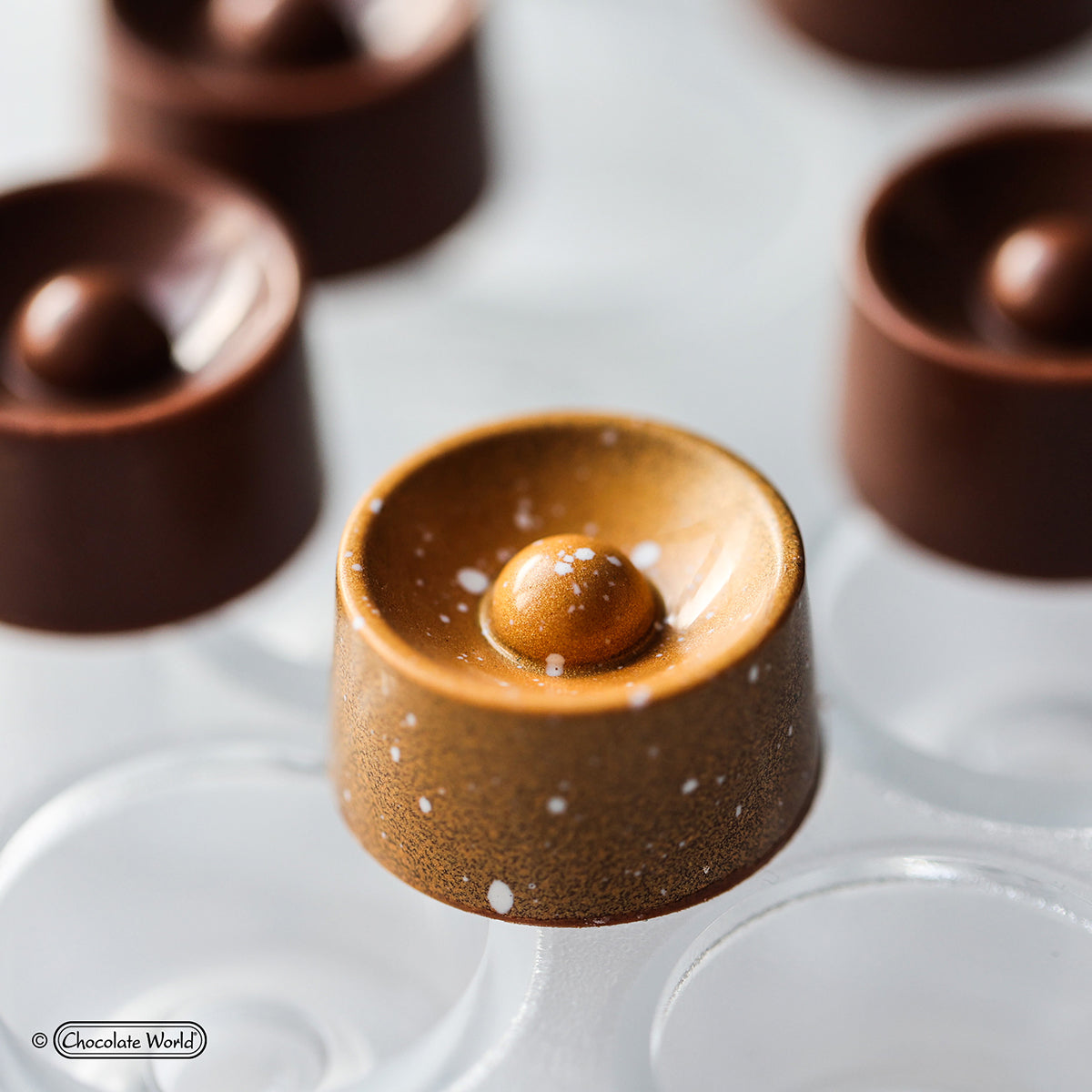
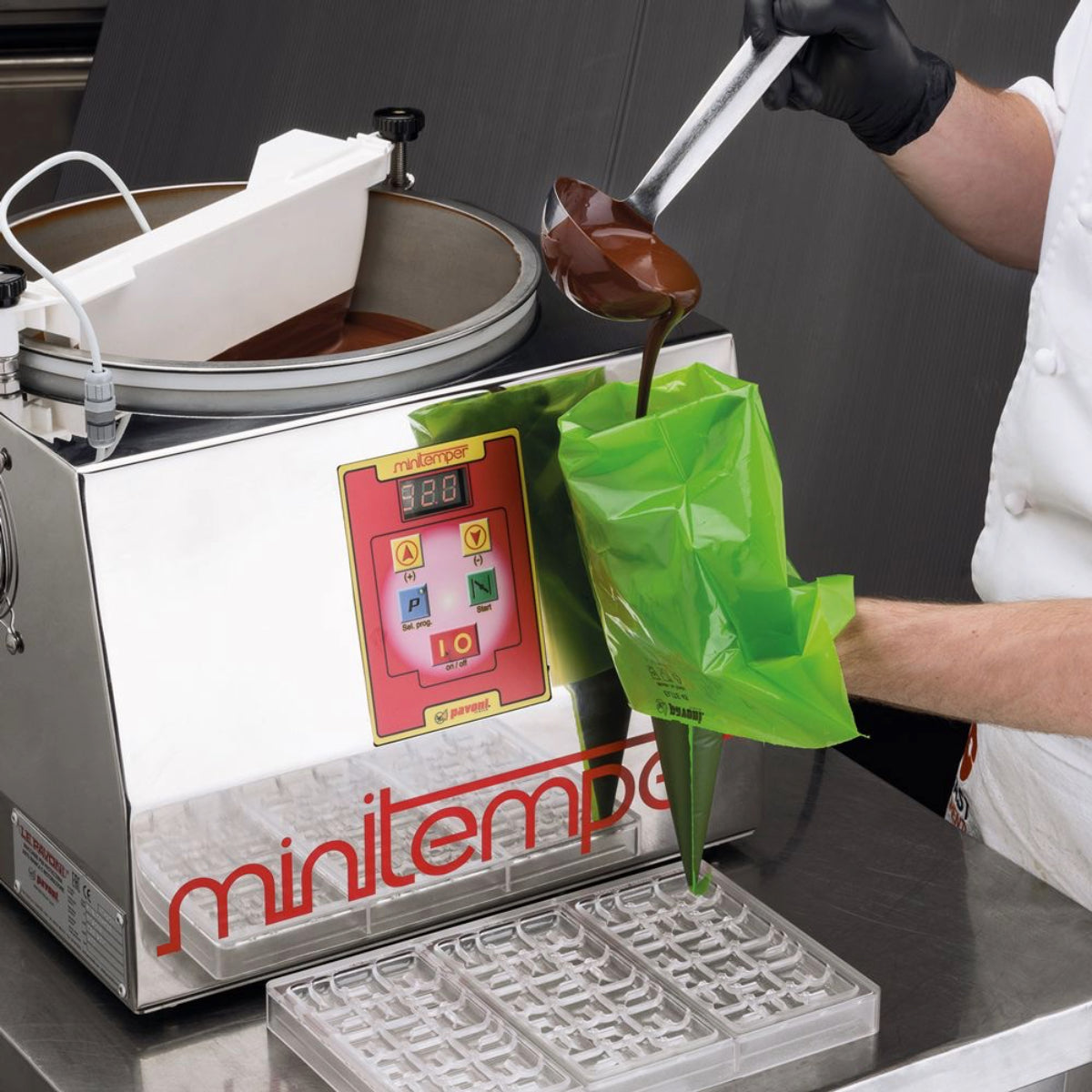
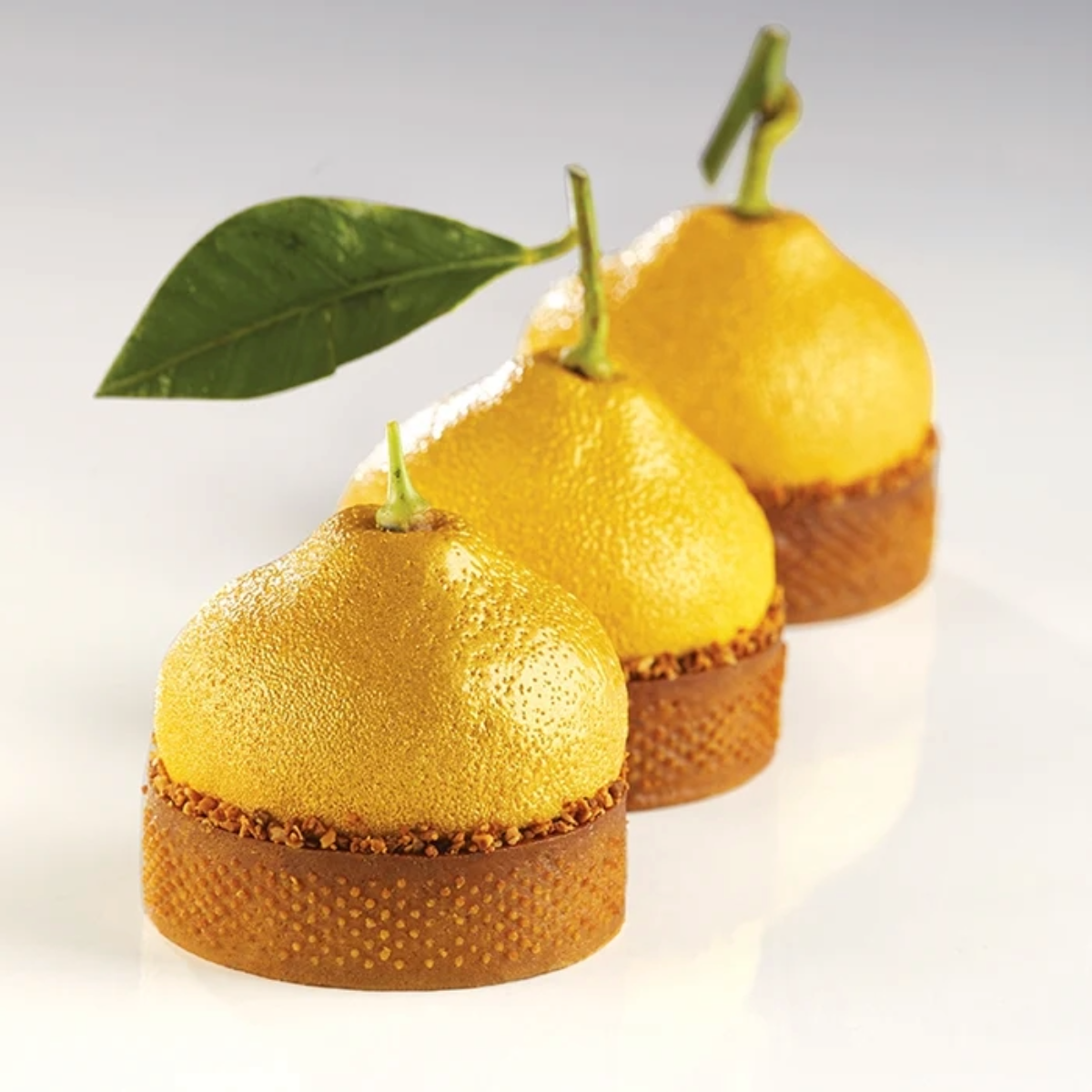
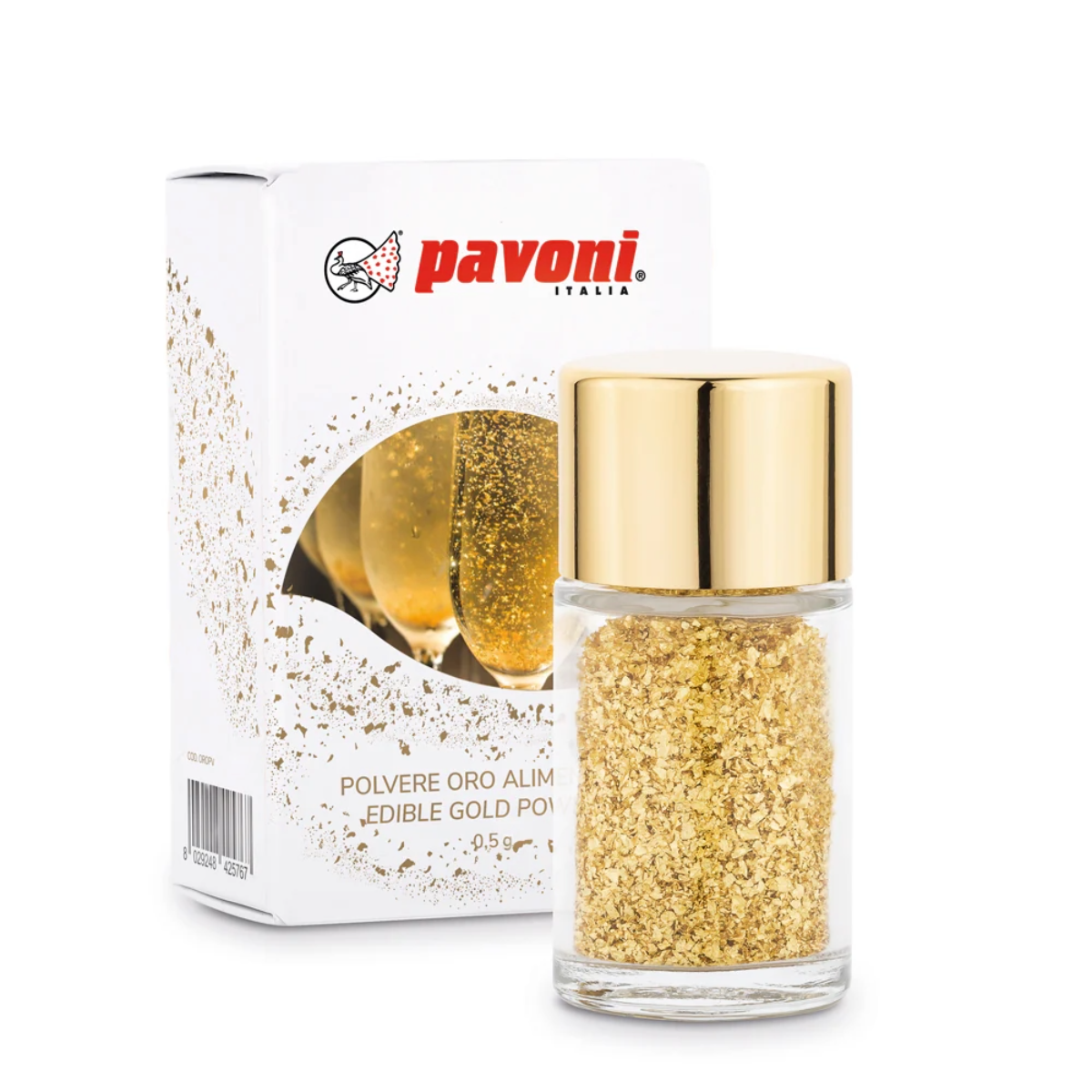
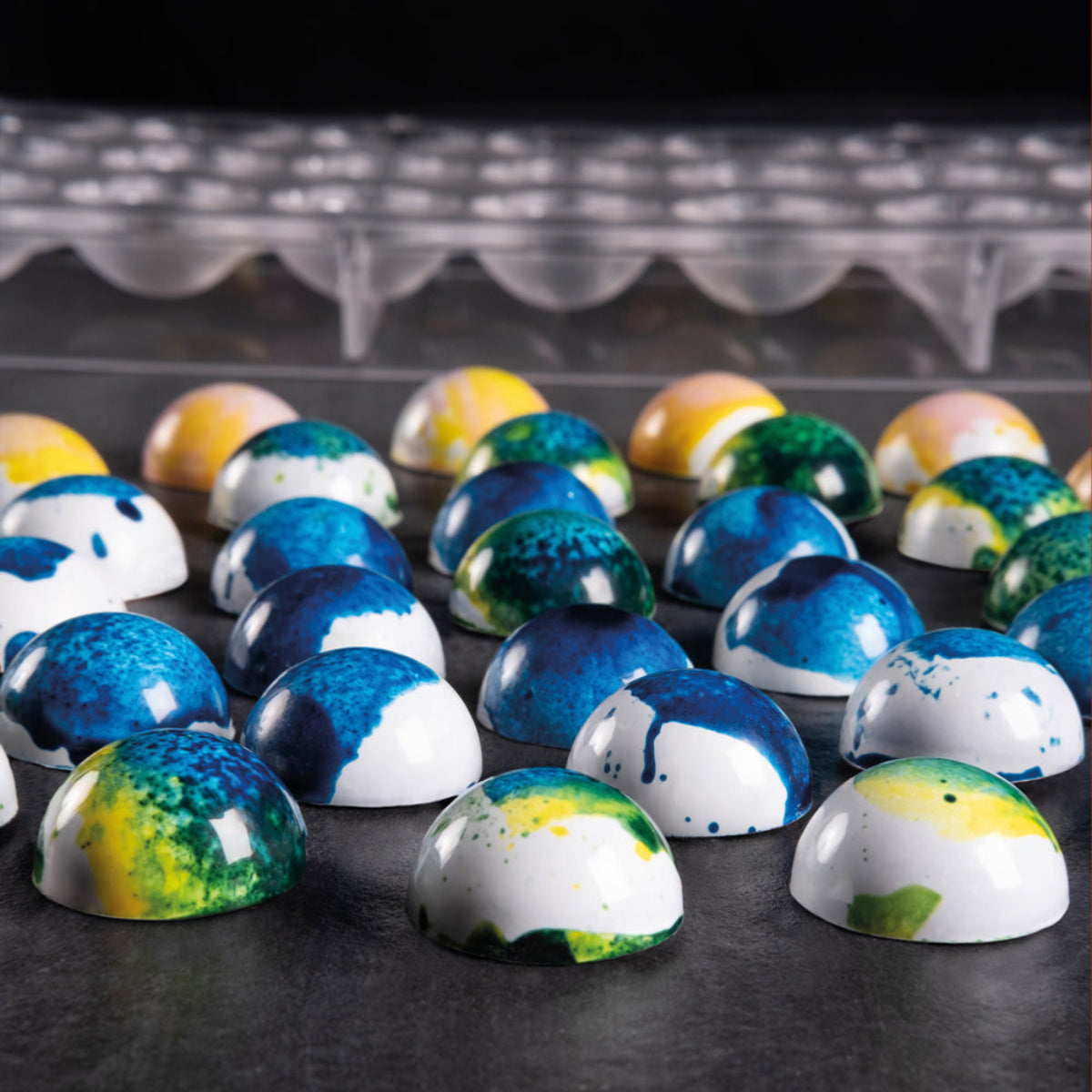



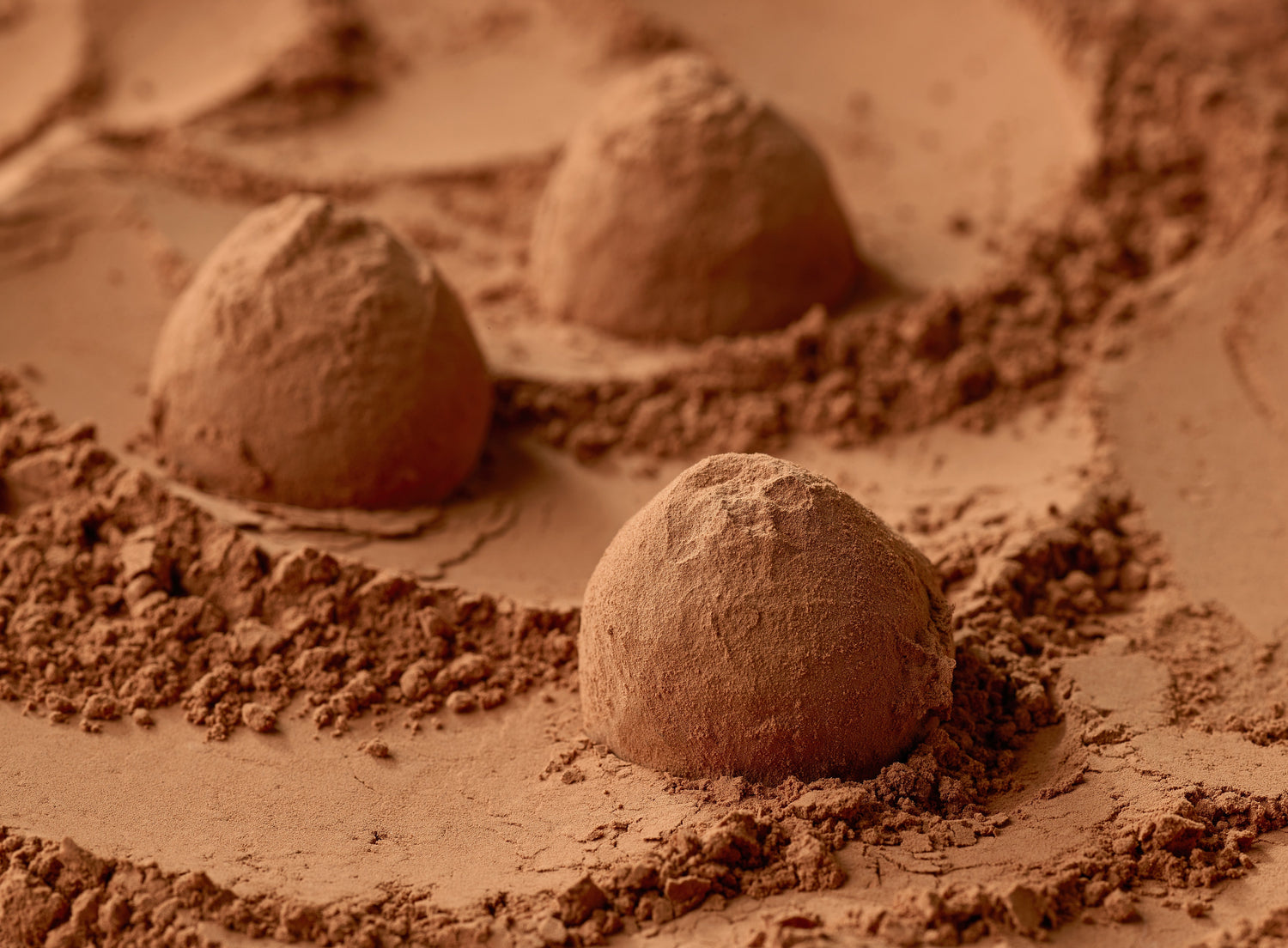
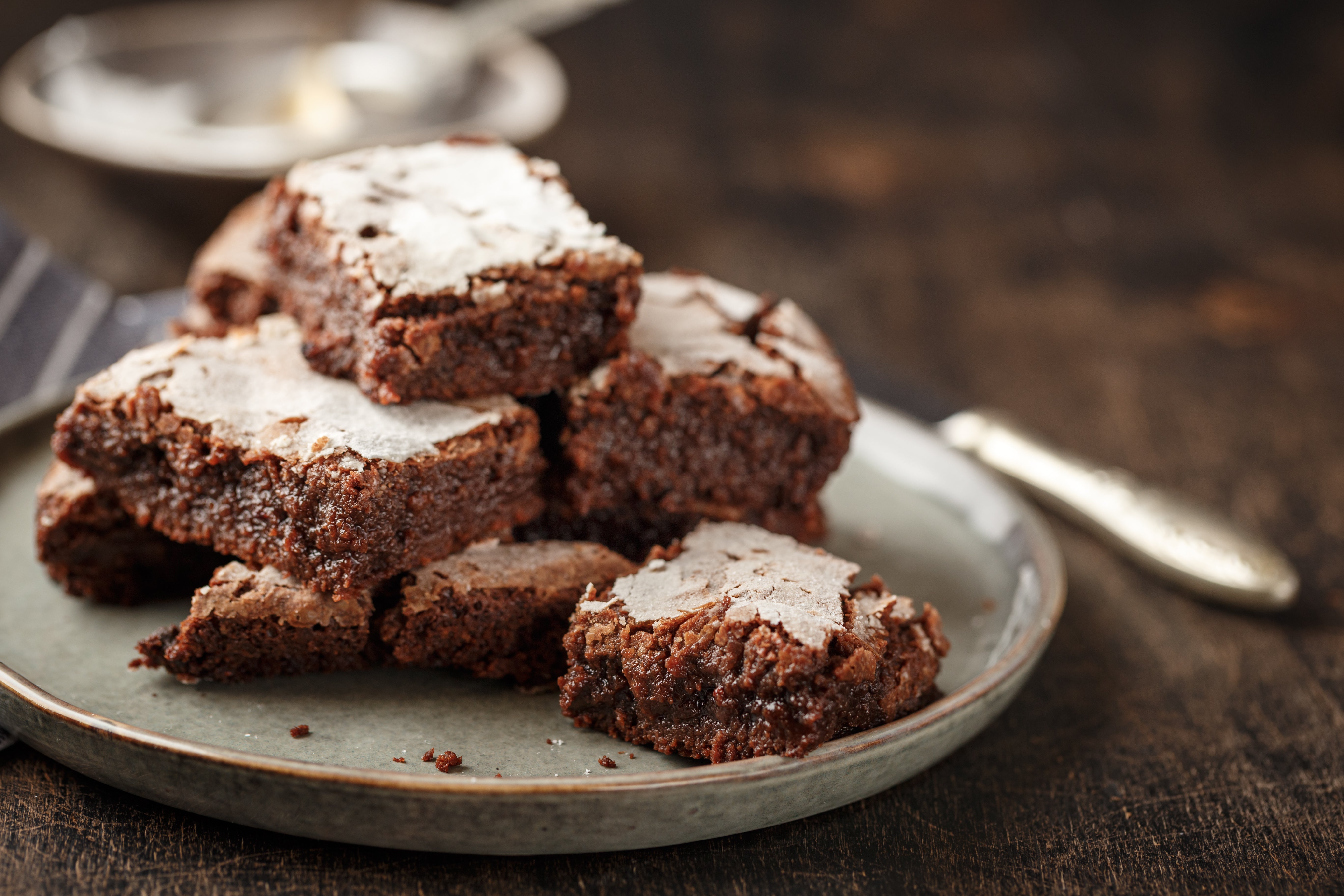
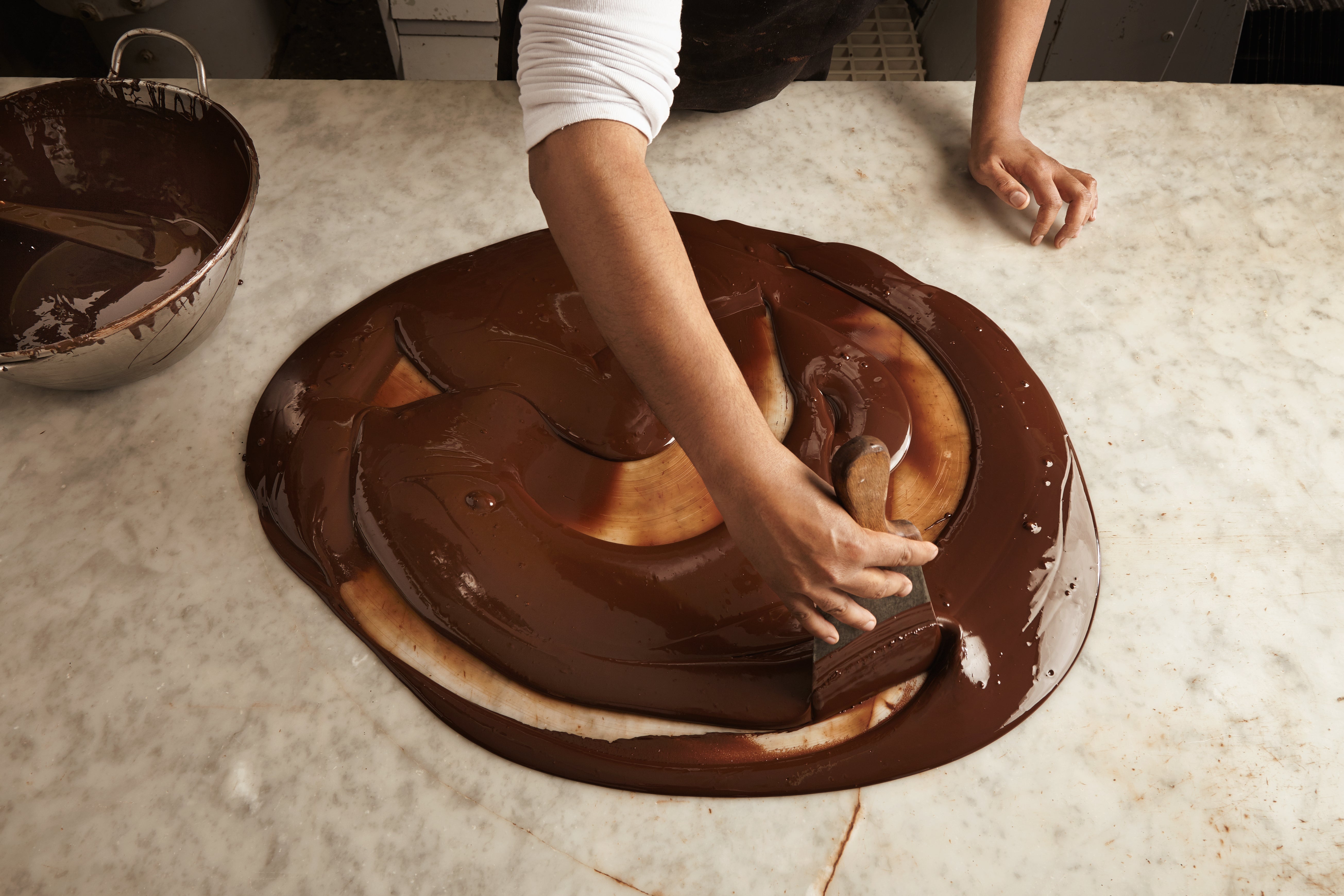


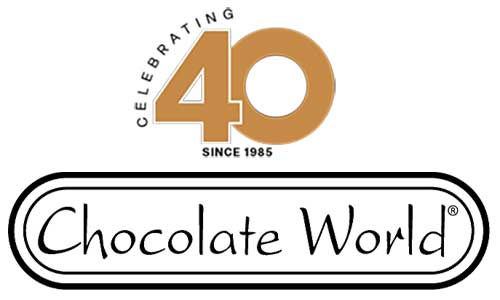

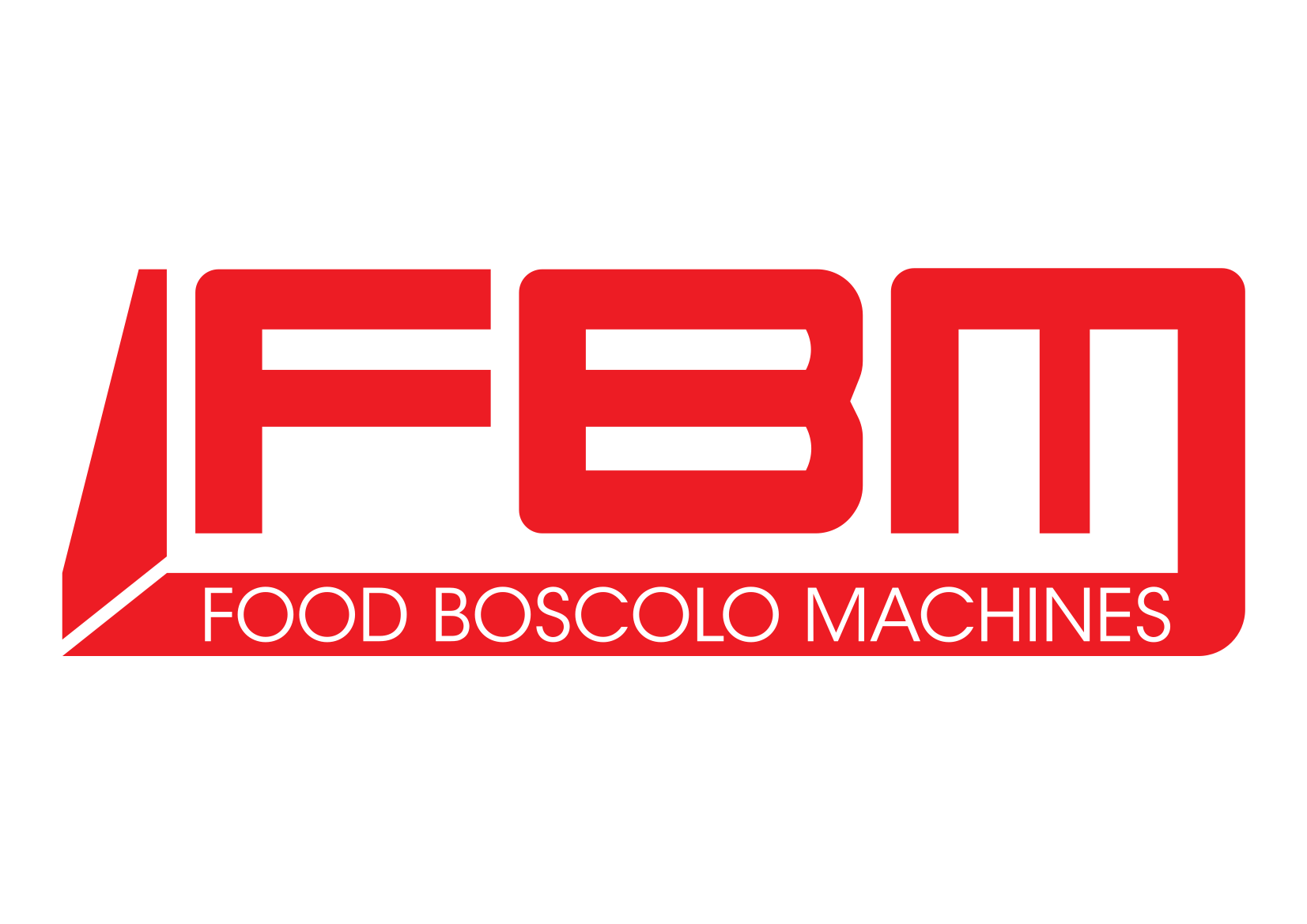
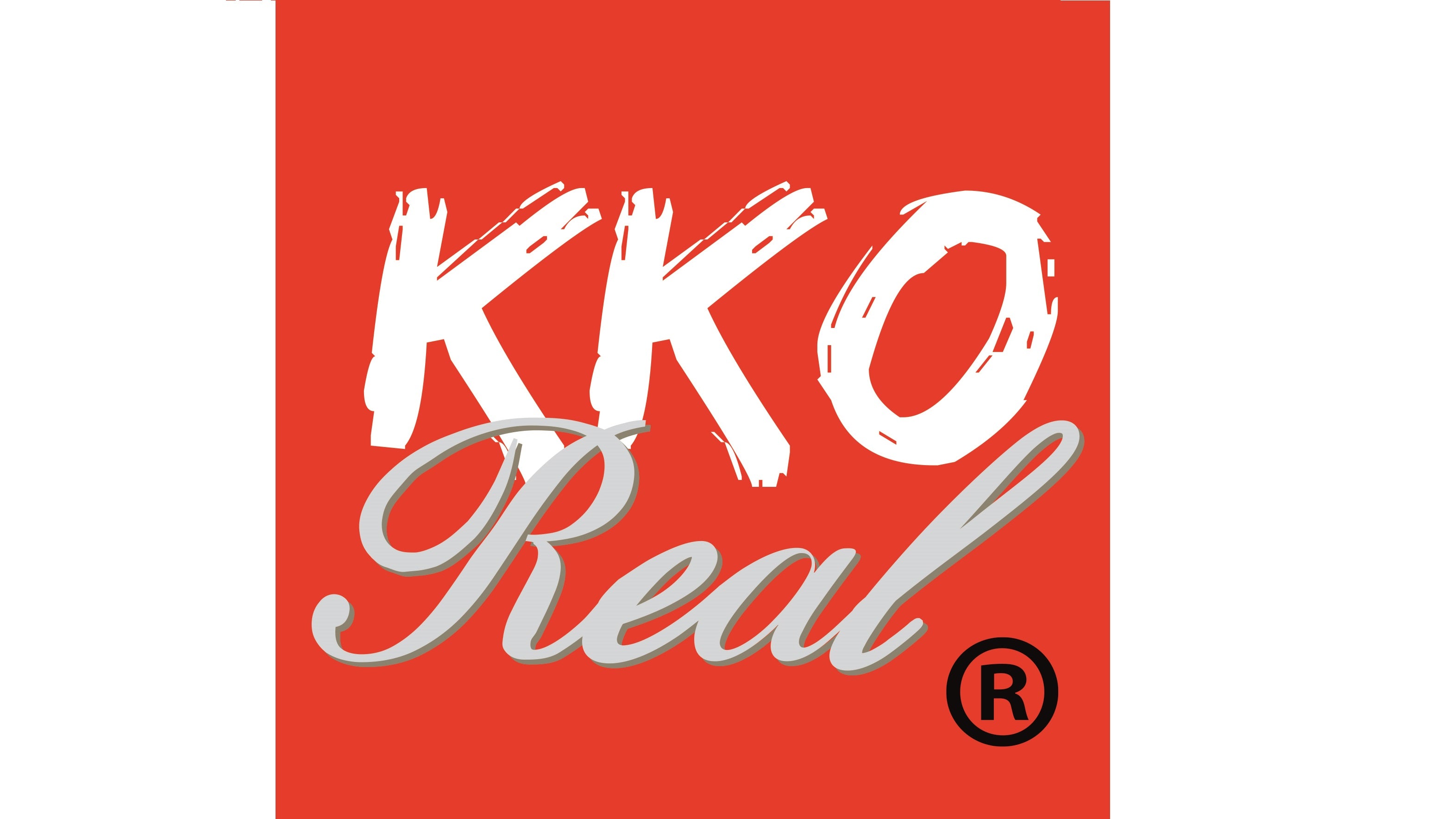


















Leave a comment
All comments are moderated before being published.
This site is protected by hCaptcha and the hCaptcha Privacy Policy and Terms of Service apply.